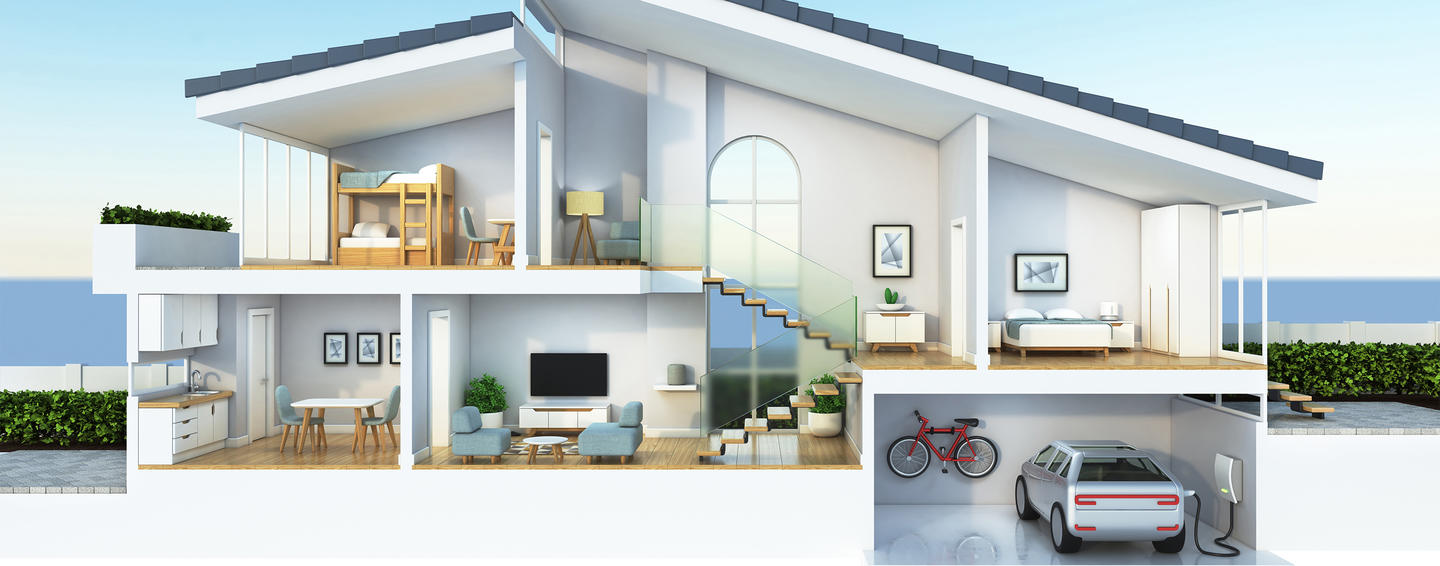What a Well Ventilated Home Means

A well-designed ventilation system provides many benefits. The best ventilation system can dilute or eliminate pollutant sources and filter air to remove unwanted particulates from a home. Pollutants such as smoke, dust, heat, metals, humidity, and CO2 accumulate in a poorly vented building. Good ventilation means providing good indoor air quality. A well-designed ventilation system also saves energy, controls moisture, and improves the durability of the home. Chemical pollutants such as pesticides, metals (such as lead, mercury, cadmium and arsenic), minerals, asbestos, old paint and treated lumber lurk in many home products and can cause health issues. You can improve indoor air quality in any home. The first line of defense against poor indoor air quality is to reduce or remove the source of pollutants. For example, paints, solvents, or other chemicals should not be stored in the home. Another safeguard is to use building materials and cleaning products with a low level of toxicity. Unfortunately, indoor pollutants are virtually impossible to eliminate completely. Because of this fact, mechanical ventilation is necessary to guarantee good indoor air quality. Mechanical ventilation is used to remove any stale, moist, polluted air and replace it with fresh outside air. Learn More
